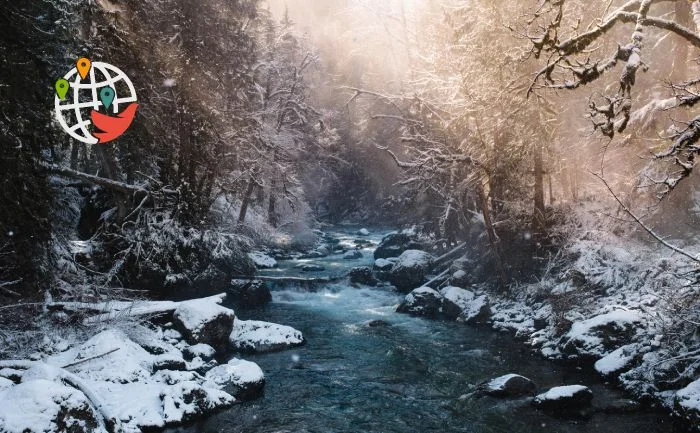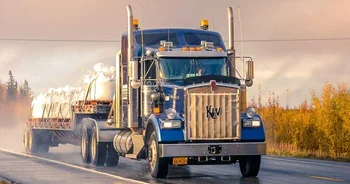15 Canadian cities at high risk of flooding

People continue to settle in the floodplains of frequently overflowing rivers.
A Spring 2022 study by The Globe and Mail found that of 150 Canadian communities with more than 10,000 people, 30-plus are located in floodplains and could be severely affected by flooding. Climatologists predict that global warming will make flooding in Canada more frequent.
- Chilliwack, B.C. There are more than 18,000 homes, 46.5% of the city's buildings, in the flood zone here.
- High River, Alberta. Thousands of homes were damaged during the 2013 flood. Now 35.3 percent of buildings remain at risk.
- Trail, BC. 27.8% of buildings.
- Chatham-Kent, Ontario. 23%.
- Edmunston, New Brunswick. 22,5%.
- Kawartha Lakes, Ontario. 21,6%.
- Canmore, Alberta. 20,2%.
- Sorel-Tracy, Quebec. 18,8%.
- Miramichi, New Brunswick. 17,9%.
- Yellowknife, Northwest Territories. 16,4%.
- Dolbo-Mistassini, Quebec. 16,4%.
- Kamloops, British Columbia. 16,1%.
- Peterborough, Ontario. 15,3%.
- St. Wellington, Ontario. 15,1%.
- Fredericton, New Brunswick. 15%.
Last November, a levee broke west of Chilliwack. It will cost $3.9 billion CAD of taxpayer money to rebuild. This is the costliest natural disaster in Canadian history — even without counting the money spent by homeowners, farmers, businesses and municipalities themselves.
Chilliwack is one of Canada's fastest-growing cities: its population is up 12% from 2016, according to the 2021 census. The total number of residents exceeds 113,000, and municipal officials expect people from other regions to buy homes and build new ones in the coming decades.
The Chilliwack floods only prevent the expansion of development in a few areas that are considered "unprotected. The levees are in bad shape, this was known even before the fall 2021 flood, but there is not enough money to fix them quickly.
Over a three-year period — from 2017 to the end of 2020 — 10 percent of building permits in British Columbia issued by local authorities involved new construction within the 100-year floodplain, an area with at least a 1 percent chance of flooding once a year, once a century. Decades ago, people living in the floodplain were forbidden to have living rooms on the first floors of buildings — there could be a garage, a storage room, but not a bedroom.

















